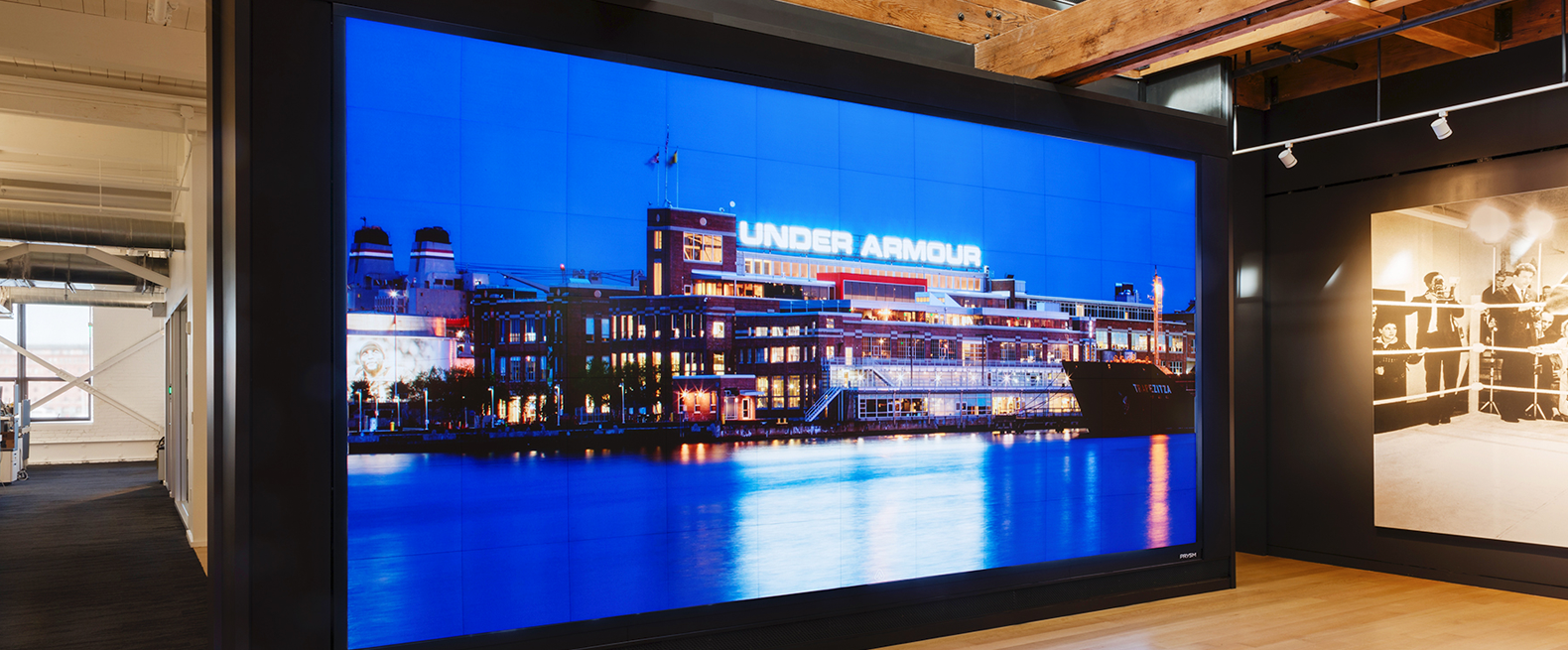Exploring How Definition Influences the Functionality and Visual Caliber of LED Screens in Modern Exhibition Technology
Exploring How Definition Influences the Functionality and Visual Caliber of LED Screens in Modern Exhibition Technology
Blog Article
LED walls are becoming more and more popular in different environments, from concerts and sports competitions to corporate displays and creative exhibits. One of the most crucial elements that influence the performance and image clarity of these displays is resolution. Image resolution denotes the number of pixels that make up the visual on the screen. Increased resolution means more picture elements, which can lead to sharper and crisper images. Understanding how image clarity impacts LED walls can assist operators make knowledgeable choices about their screen needs.
When discussing resolution, it is essential to consider picture spacing, which is the gap between the center of one pixel to the center of the next pixel. A smaller pixel pitch results in a higher resolution, enabling more detail in the images displayed. For example, an LED wall with a pixel spacing of 1.5mm will offer a sharper visual than one with a picture spacing of 3mm. This is especially crucial in settings where audiences are close to the display, such as in a compact location or a exhibition event booth. In these situations, a higher resolution can greatly improve the observing experience.
Another factor of resolution is its impact on color precision and brightness. LED screens with higher resolutions often have better hue reproduction, meaning that the hues shown are more vibrant and true to life. This is crucial for uses like marketing, where the objective is to attract attention and communicate a message efficiently. Additionally, greater image clarity screens can maintain brightness levels even when viewed from various perspectives. This is crucial in big locations where audiences may be seated at various ranges and angles from the screen.
The performance of LED screens is also affected by image clarity in terms of update frequencies and reaction durations. A higher image clarity screen can support quicker update frequencies, which is essential for dynamic content such as videos and animations. This means that the visuals on the display will look more fluid and increasingly seamless, improving the total observing quality. In comparison, reduced image clarity displays may struggle with fast-moving material, resulting in fuzziness or delay. Therefore, for occasions that depend on dynamic images, selecting a screen with a appropriate image clarity is critical.
In conclusion, resolution plays a crucial role in determining the performance and visual quality of LED walls. Factors such as pixel spacing, hue precision, luminosity, led wall rental for experiential marketing update frequencies, and response times all contribute to how effectively a display can convey information and engage viewers. As advancements continues to progress, grasping these factors will assist users select the right LED wall for their particular requirements, ensuring that they obtain the optimal potential outcomes in their displays and events.